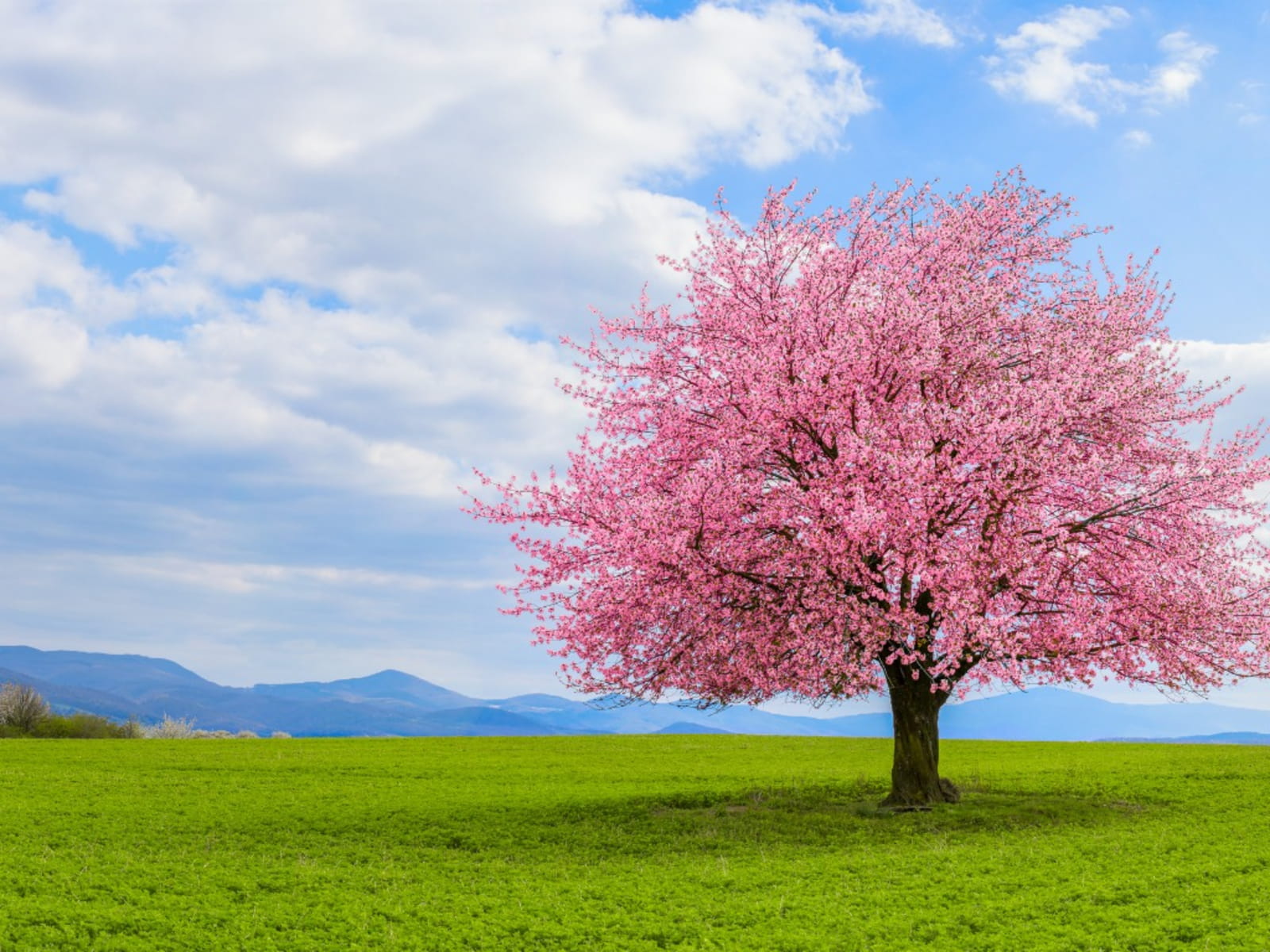Kurumba, kurumbar, kurumba gounder - who are they?
Let’s explore Kurumba, Kurumbar, and Kurumba Gounder in more depth from four perspectives: history, social structure, reservation policy, and modern-day dynamics.
???? 1. Historical Roots
???? Kurumba / Kurumbar (ST)
- Ancient Origins: Believed to be descendants of Pallava warriors or early Dravidian forest tribes.
- Lifestyle: Traditionally hunter-gatherers, bee-keepers (Jenu Kurumbas), and forest dwellers in the Nilgiris and Western Ghats.
- Colonial Records: British classified them as “primitive tribes” and studied their languages, which are a mix of Tamil, Kannada, and unique tribal dialects.
???? Kurumba Gounder (MBC)
- Claimed Descent: Often trace lineage to Pallava or Vellalar communities—more agrarian and caste-integrated.
- Pastoralists & Farmers: Traditionally herded sheep and goats, gradually shifting to agriculture.
- Gounder Connection: Part of the broader Gounder umbrella, common in Kongu Nadu.
???????????? 2. Social Identity & Cultural Practices
| Feature | Kurumba/Kurumbar (ST) | Kurumba Gounder (MBC) |
|---|---|---|
| Religion | Animistic + Hinduism | Shaivism / Mainstream Hinduism |
| Language | Mix of tribal dialects + Tamil/Kannada | Tamil (Kongu dialect) |
| Main Rituals | Nature worship, forest deities, honey rituals | Temple donations, coconut-breaking ceremonies |
| Community Role | Marginal, forest-bound until recently | Local influence in villages |
| Cultural Integration | Less integrated historically | Well integrated into mainstream caste system |
????️ 3. Legal Classification
✅ Kurumba / Kurumbar
- Category: Scheduled Tribe (ST)
- Reservation: ST quota – central & state level (education, jobs, land rights)
- Protections: Forest Rights Act, PESA, SC/ST Atrocities Act
✅ Kurumba Gounder
- Category: Most Backward Class (MBC) – Tamil Nadu state list
- Reservation: MBC quota (20% in Tamil Nadu state institutions)
- No central ST benefits: Only state-specific MBC benefits apply
???? 4. Modern-Day Realities
Kurumba / Kurumbar (ST)
- Education: Low literacy, but improving with targeted tribal hostels and Ashram schools.
- Economic Status: Often poor, dependent on forest produce or government schemes.
- Challenges: Land rights issues, displacement, malnutrition in tribal belts.
Kurumba Gounder (MBC)
- Education & Employment: Better access due to MBC benefits and village-level integration.
- Social Status: Respected among agrarian communities; some local political representation.
- Caste Mobilization: Part of the Gounder caste networks in western Tamil Nadu.
???? Final Thought
Even though the names sound similar, Kurumba, Kurumbar, and Kurumba Gounder represent three very different social realities:
- Tribal identity with ancient roots and ST status,
- Caste-based agrarian identity with MBC benefits,
- And a rich cultural blend that reflects Tamil Nadu’s deep social history.
Similar Posts : Kurumba worship gods, Kurumba, kurumbar, kurumba gounder - who are they?, MettuMahadhanapuram mahalakshmi and kurumba, Historical conflict between badaga and kurumba, Who worship Maleeswari, See Also:kurumba kurumbar kurumba gounder
